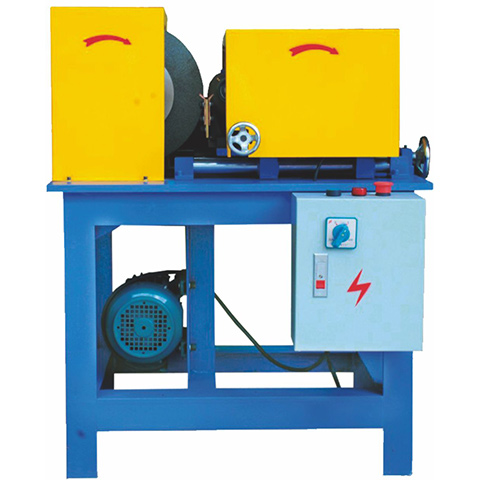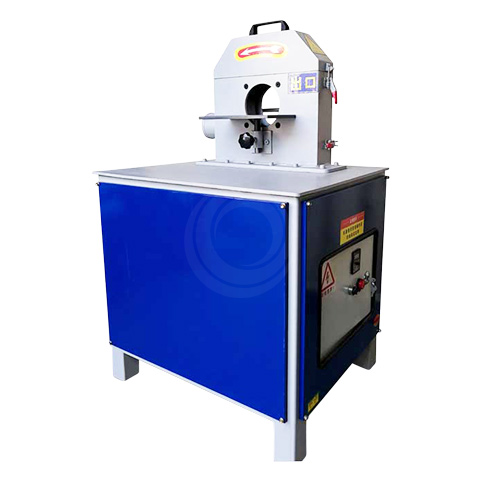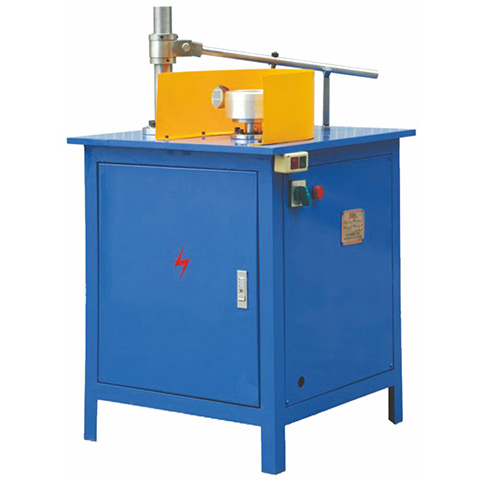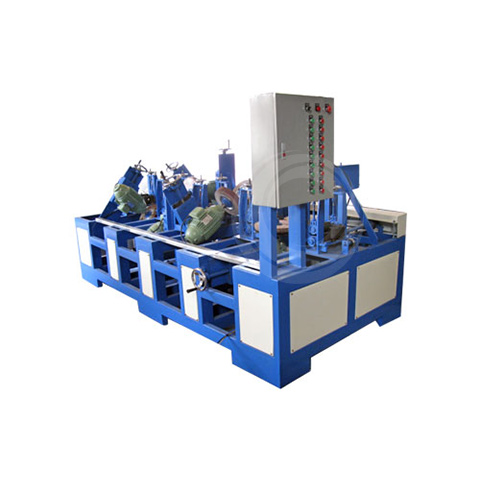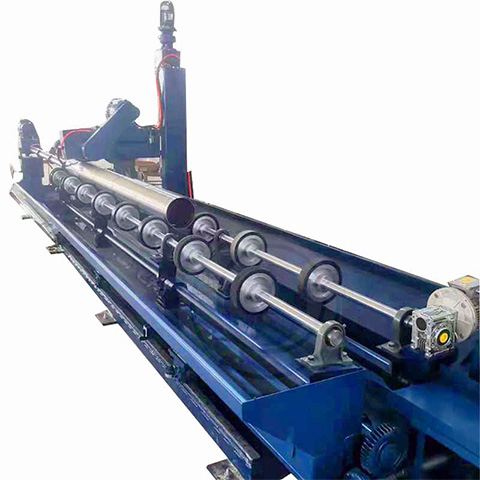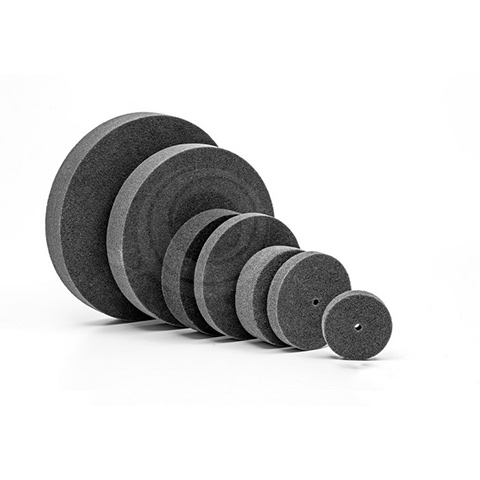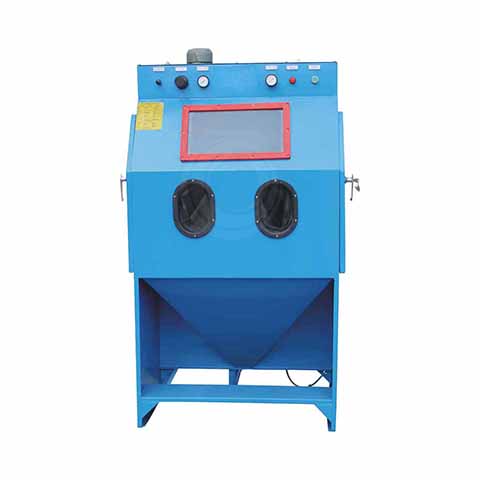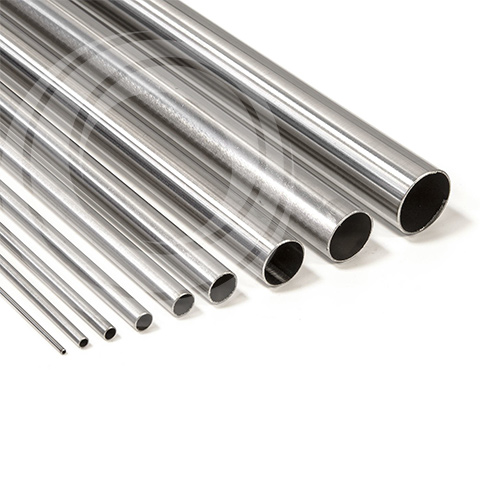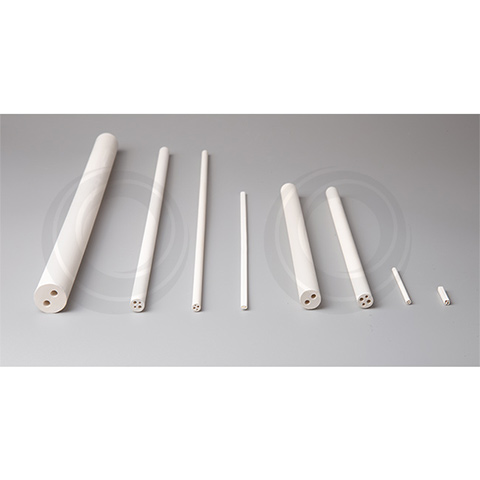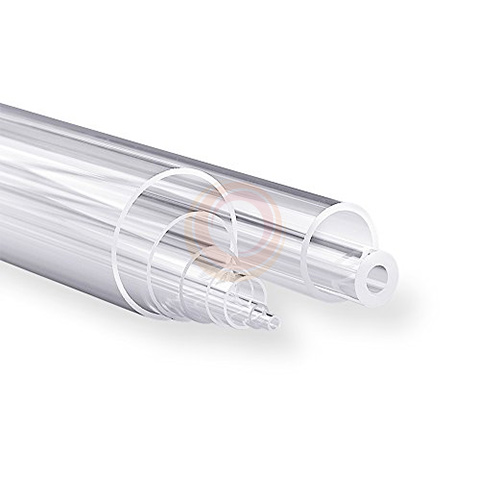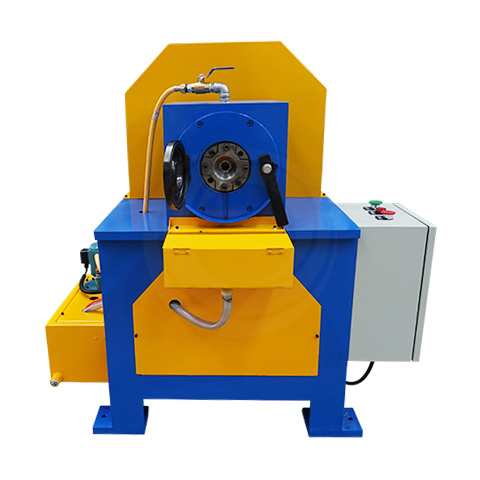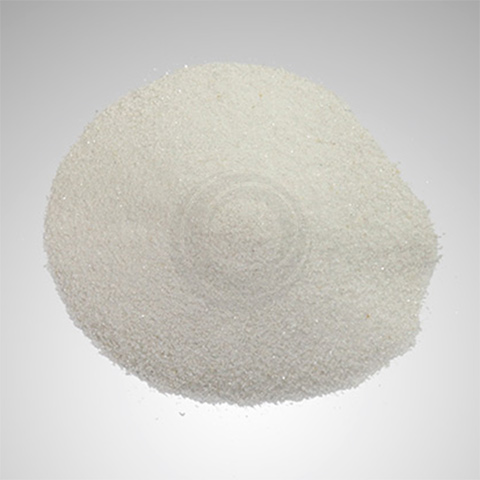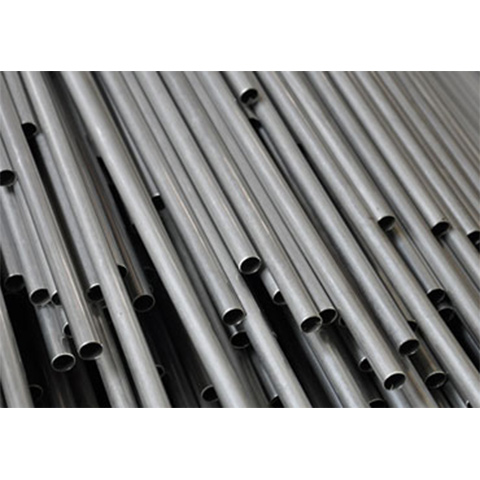Polishing Machine
The Polishing Machine is used to polish the surface of the workpiece. It grinds and polishes the surface of the workpiece through rotation or friction, using Abrasives or polishing agents to improve its finish, flatness and appearance, so as to achieve the purpose of fine processing and improve product quality.
Common polishing effects
- Mirror Finish/ Mirror effect
- Features: Highly glossy surface, can clearly reflect images, almost scratch-free.
- Applicable materials: stainless steel, aluminum, copper, plastic, etc.
- Application: high-end decorative surfaces, kitchenware, bathroom accessories, mobile phone housings, molds.
- Brushed Finish / Hairline Finish / Brushed effect
- Features: The surface has regular or irregular grain patterns and presents a soft metallic luster.
- Common types:
- Straight grain
- Snowflake grain(irregular grain)
- Short grain, messy grain, etc.
- Application: elevator panels, home appliance panels, decorative parts, kitchen utensils.
- Matte Finish / Satin Finish
- Features: The surface has no obvious gloss. It is delicate and low-reflective, and has a soft texture.
- Processing method :It is often combined with sandblasting or fine grinding.
- Application :Modern minimalist design, electronic product housing, medical equipment.
- Bright Finish
- Features: It is between a mirror and a normal glossy surface, bright but not completely reflective.
- Application :Products that do not need to achieve a mirror finish but still require a high-gloss effect.
- Deburring
- Features: It is not for gloss, but to remove burrs and sharp corners after processing.
- Application: Mechanical parts, precision parts, structural parts.
- Descaling
- Features: Remove welding spots, oxide layers, rust, and restore the original color of metal.
- Application: Often used in conjunction with pickling or sandblasting.
- Textured / Patterned Finish
- Features: The surface presents regular or irregular patterns, with anti-slip or visual decorative effects.
- Methods: Chemical corrosion, engraving, embossing + polishing combination.
- Applications: Architectural decoration, artwork, stainless steel decorative panels.
Comparison and application of surface roughness value levels
In general, the surface quality requirements of important or critical parts are higher than those of ordinary parts, because parts with good surface quality will greatly improve their abrasion performance, corrosion resistance and fatigue damage resistance. Mirror is the ideal state of metal cutting processing, is the most effective means to improve the service life of mechanical parts. Mirror is the traditional synonym for very good roughness after mechanical machining, a state of metal surface which can clearly reflect the image.
- The mechanical processing methods to obtain a mirror are: removing the material method, no cutting method (rolling processing).
- Material removal processing methods: grinding, burnishing, polishing, electric spark.
- Non-cutting processing methods: rolling (using mirror tools), extrusion.
| Ra/ μm | Surface Shape Feature | Examples of Processing Methods |
| A surface obtained or maintained in its original state with no removal of material | non-processed surfaces obtained by forgings, castings and hot rolling |
| 50 | Rough surface | Obvious knife marks | Sawing, rough turning, rough milling, rough planing, drilling and processing with coarse file and coarse grinding wheel |
| 25 | Visible knife marks |
| 12.5 | Slight knife marks |
| 6.3 | Semi-polished surface | Visible work marks | Cold drawing, fine turning, fine twisting, rough twisting, rough grinding, scraping, rough broach processing, etc |
| 3.2 | Slight machining marks |
| 1.6 | No processing marks visible |
| 0.8 | Smooth surface | Visible direction of the processing marks | Grinding, diamond turning tool finishing, finishing, cold drawing, broach processing, polishing, etc |
| 0.4 | Micro-identification of the direction of the machining marks |
| 0.2 | The direction of the processing marks is not discernible |
| 0.1 | Brightest surface | Dull surface | Fine grinding, burnishing, polishing, super fine grinding, mirror grinding, etc |
| 0.05 | Glossy finish |
| 0.025 | Mirror-like gloss |
| 0.012 | Fog mirror |
| 0.008 | Mirror surface |
Functions
- Grinding and removal of surface defects: the polishing machine can remove the defects, oxide film, oxide scale and other bad surface layers on the workpiece surface, and improve the surface quality of the workpiece.
- Smooth and trim the surface: through the rotating movement around the polishing machine and the movement of the abrasive, the surface of the workpiece can be flatter, and remove the convex and surface roughness.
- Improve the surface finish: the polishing machine can use polishing agent for fine grinding on the surface of the workpiece, so that its finish is improved to achieve higher brightness and luster.
- Improve the surface appearance: By processing, the surface texture and appearance of the workpiece can be improved, so that it has a better visual effect.
- Increase the coating adhesion: treated by the polishing machine, the surface finish of the workpiece is improved, which can make the coating better attached to the surface of the workpiece and improve the adhesion and durability of the coating.
Grinding and Polishing Before Electroplating
Most parts that need to be plated often have rough surfaces. We call this rough part to be plated a blank. In the manufacturing industry, various metal parts need to be electroplated, chemically plated or painted on the surface of the final product in order to improve the decorativeness, functionality and service life of the products. For this reason, the surface of the parts must be pre-processed before being electroplated and coated to make them smooth, so that the appearance is brighter after being plated and the quality of the coating is improved. Grinding and polishing is the most commonly used method in electroplating and finishing process, especially when the surface of the plating is required to have a shiny luster, and the coating has a higher quality. In this case, the polishing work is particularly important.
Practices show that many plating quality problems are not caused by the plating process itself, but by improper treatment before plating. For example, the key process of copper/nickel/chromium plating is the grinding of the blank of the plated part. A motorcycle factory in the process of electroplating muffler, due to the lack of understanding of grinding and polishing, the grains of the plated work piece are obviously palpable, and the grain is inconsistent, with the plating time extended from 0.5h to longer, resulting in higher costs and low pass rate. Later, after strengthening the grinding and polishing process, the plating time is shortened, and the product pass rate is also greatly improved. This resulted from that surface polishing has a great effect on the quality of electroplating or finishing. Metal products can meet the requirements of the surface state before electroplating is the premise of obtaining high-quality coating. On rough metal surfaces and greasy metal surfaces, smooth and bright coatings cannot be obtained.
Grinding is generally only carried out before steel parts are electroplated. As long as the grinding is fine, polishing is usually not required because steel parts have high hardness and it is difficult to effectively polish them with cloth polishing wheels .
Experiments show that the surface roughness of the workpiece before plating has an important influence on the quality of the coating. Under the same requirement of the thickness of the chromium plating layer (0.07~0.09 mm), the worse the surface roughness is before plating, the worse the surface roughness of the chromium plating layer after plating, the higher the porosity, the more obvious the incomplete coating, the poorer adhesion between the coating and the workpiece surface, the easier to rust and affect the service life. In order to ensure the complete chrome plating layer and extend the service life of the chrome plating workpiece, the surface roughness must be controlled below Ra0.2μm or even Ra0.1μm before electroplating to improve the integrity of the chrome plating layer.
Copper, brass or aluminum parts are often need to be polished after grinding, because the surface hardness of copper, aluminum parts is low, so that they can be polished to a very bright finish.
Some stainless steel products and brass products, such as stainless steel pen sleeves and signboard copper characters, after mechanical grinding and polishing, should be electrolytic polishing; The signature copper lettering is passivated and then covered with organic paint to prevent its discoloration. This process, which does not require electroplating, can also obtain bright characteristics and achieve the purpose of protective decoration, and the length of the surface color retention time depends on the quality of the coating.
Surface Roughness Requirements Before Plating
| Type of coating layer | The surface roughness before plating Ra (no more than)/μm | Corner Fillet Value /mm |
| Engineering iliac plating (Porosity inspection required) | 0.8 | ≥0.5 |
| Engineering chrome plating (no porosity inspection required) | 1.6 | …… |
| Loose hole chrome plating | 0.2 | …… |
| Decorative chrome plating | The visual brightness requirement is determined | ≥0.5 |
| Porcelain anodizing | 0.2 | …… |
| Palladium plated, rhodium plated | 0.2 | ≥0.5 |
| Hard anodizing, insulation anodizing | 0.8 | ≥0.5 |
| Anti-carburizing, anti-nitriding, anti-oxidation and copper or tin plating | 3.2 | …… |
| Note 1: This table is based on plating without polishing, grinding and other finishing. Note 2: In excess of this table, it shall be determined by negotiation between the purchaser and the electroplating party. |
Steel Polishing
The Stainless Steel Pipe is rough ground with #80-#, 180-#, 320-#, 400-#, 500-#, 600 sand belt in turn, so that the surface has no obvious sand hole and porosity defects. Then the polishing hemp wheel and rough Polishing Wheel are used to polish with polishing white paste to deal with the residual grinding marks and improve the surface smoothness and gloss. It is then polished with a medium polishing wheel to further improve the surface smoothness and gloss. Finally, the fine polishing wheel is used to form a good mirror effect.
Copper Polishing
First, the Copper Tube is roughed with #80 Abrasive Belt to remove the rough surface and potholes on the surface, and then the surface is finely ground and the outline is trimmed with #180, #320 abrasive belt in turn. Then the third grinding with #400, #500 sand belt is carried out successively, so that the surface tends to be more ideal appearance and the line is clear and the structure is symmetrical. Followed by finishing with #600 sand belt, the surface reaches the ideal appearance profile, and the surface has no obvious sand hole and porosity defects. Finally, polishing the pipe with polishing cloth wheel and polishing slurry (yellow) can achieve a good mirror effect.
6 common polishing processes
Polishing refers to the use of mechanical, chemical or electrochemical action to reduce the surface roughness of the workpiece in order to obtain a bright, flat surface processing method.
Mechanical polishing, generally refers to the process in which the workpiece is pressed to the surface of the rotating elastic wheel coated with polishing agent, using automatic, semi-automatic or manual methods. The metal surface is made smooth or shiny by cutting, deforming, and wearing.
Chemical polishing is to dissolve the microscopic protruding part of the surface of the material in the chemical medium preferentially than the concave part, so as to obtain a smooth surface. The main advantage of this method is that it does not require complex equipment, and it can polish the workpieces in complex shapes, and polish many workpieces at the same time, with high efficiency. The core problem of chemical polishing is the preparation of polishing liquid.
The basic principle of electrolytic polishing is the same as that of chemical polishing, that is, it selectively dissolving small protruding parts on the surface of the material to make it. Compared with chemical polishing, it can eliminate the effect of cathode reaction and has better effect.
The workpiece is put into the abrasive suspension and placed together in the ultrasonic field, and the workpiece surface is ground and polished by the abrasive with the help of the oscillation of the ultrasonic wave. In the ultrasonic processing, the macroscopic force is small, and thus it will not cause workpiece deformation, but the tooling production and installation are difficult.
Fluid polishing relies on high-speed flowing liquid and the abrasive particles it carries to wash the surface of workpieces to achieve the purpose of polishing.
- Magnetic grinding and polishing
Magnetic grinding and polishing is to use magnetic abrasive to form abrasive brush under the action of magnetic field to grind the workpiece. This method has high processing efficiency, good quality. The processing conditions are easy to control and the working conditions are good.

